By Rachel Schilke, Breaking News Reporter. Media: Washington Examiner.
Voting in Ohio for a measure championed by conservatives to raise the threshold to amend the state constitution will conclude on Tuesday. Should the measure fail, it could open the door for Democrats to make the right to have an abortion solidified in state law and give the party a boost heading into 2024.
Ohioans are heading to the polls in record numbers to vote on State Issue 1, a measure that would change the number of voters needed to advance a proposed amendment to the state’s constitution. Passing the measure could be significant for state conservatives, who say their measure will protect the constitution from a “radical” liberal agenda that involves changes to gun control, abortion, and education.
Here is what to know about State Issue 1, who opposes it, and what implications the measure can have in the next election.
What is State Issue 1?
State Issue 1 would raise the threshold needed to amend the constitution from 50% plus one to 60%.
Several Republicans, including U.S. representatives from Ohio and Ohio Secretary of State Frank LaRose, are adamant supporters of Issue 1. Anti-abortion groups have latched on to the measure, accusing liberal activists of bypassing lawmakers to push their agenda.
“At its core, it’s about keeping out-of-state special interest groups from buying their way into our constitution, which we’re seeing happen far too often,” Amy Natoce, press secretary for Protect Women Ohio, told Fox News Digital. “They’re circumventing the legislative process and going directly after the constitution.”
Who is opposed to State Issue 1 and why?
State Issue 1, if passed, will take effect immediately, placing liberal groups at a disadvantage heading into November, when their ballot to enshrine abortion in the constitution will go before voters. Before State Issue 1, groups such as the American Civil Liberties Union were in a better position to gain the support necessary to pass their abortion measure through.
However, by raising the threshold, Democrats and liberal allies will need to attract another 10% of voters in a swing state that favors former President Donald Trump and trends more Republican each year.
The ACLU has blasted State Issue 1 as a method by conservatives to funnel power away from voters and into the hands of lawmakers.
“The purpose of Issue 1 is to silence the majority of Ohioans, and subject us to the policy preferences of a small group of extremists who have secured the favor of our unconstitutionally gerrymandered legislature,” the union said of the measure earlier this year.
Millions are being funneled into Ohio’s special election for Issue 1, with several abortion-rights groups, such as Planned Parenthood Advocates of Ohio and the ACLU, raising approximately $8.5 million. Most of the donations came from outside Ohio, arriving from Washington D.C., Oklahoma, New York, and other states.
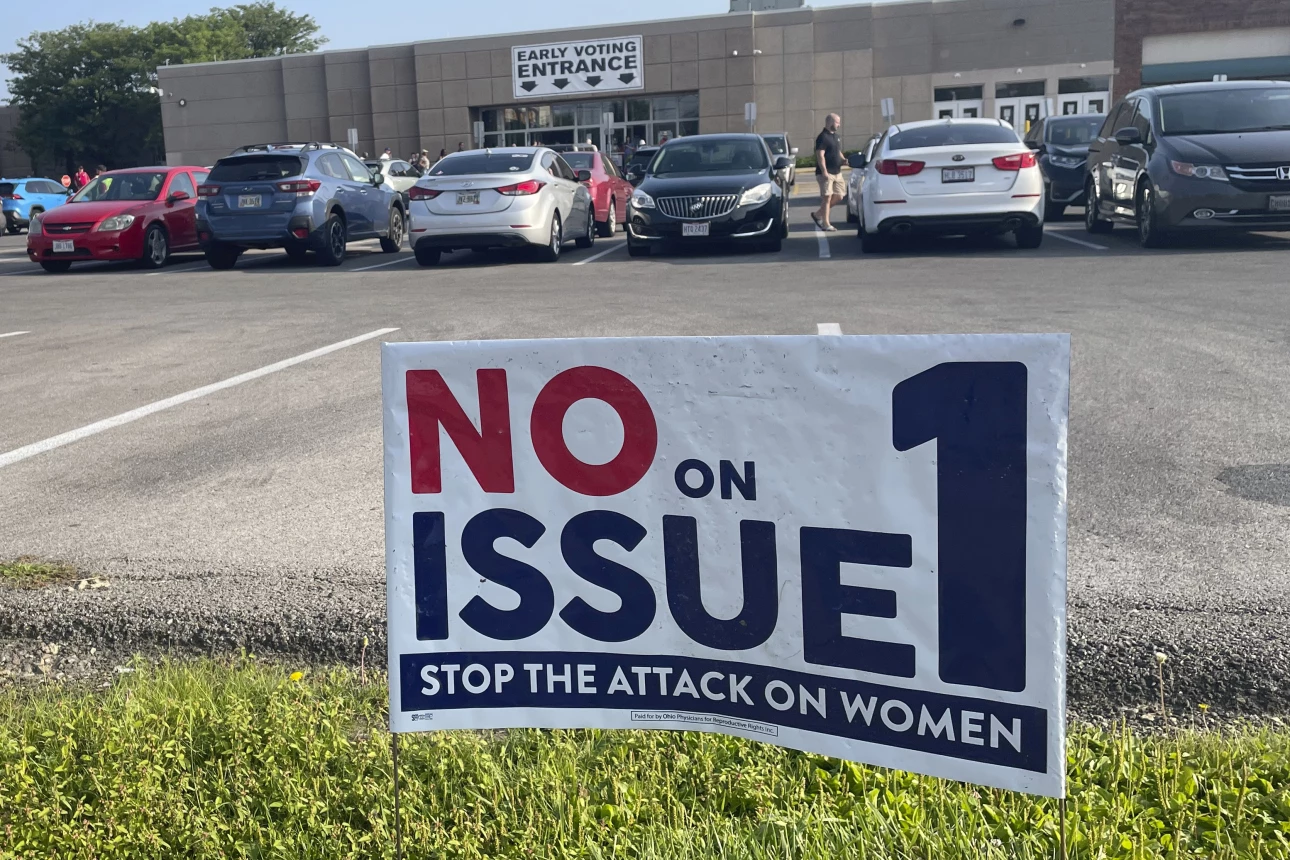
(Samantha Hendrickson/AP)
What are the November 2023 implications of Issue 1?
Polling in July showed that voters are split on Issue 1, with 42% saying they are a “yes” on State Issue 1, 41% saying they are a “no,” and 16% saying they are neutral. However, Democratic and Republican lawmakers are coming to the consensus that Democrats will likely prevail and Issue 1 will fail.
Anti-abortion advocates are hoping to stop the abortion amendment before it reaches voters. Groups against the proposed constitutional amendment filed a lawsuit in late July against LaRose and others to invalidate it, saying its broad language does not articulate what state laws would need to be repealed or replaced.
LaRose, despite his personal opposition, validated the signatures needed for the measure to appear on the November ballot.
The outcome in November could usher in a wave of pro-abortion rights voters at similar levels to the 2022 midterm elections, which was largely spurred by the Supreme Court striking down federal rights to abortion in Dobbs v. Jackson Women’s Health Organization. Several other red states, including Kansas, passed a similar abortion measure to enshrine it in their constitution shortly after the federal law was struck down.
What are the 2024 implications of Issue 1?
How the measure performs could have a drastic effect on the Ohio Senate race in 2024.
LaRose, who is running to replace Sen. Sherrod Brown (D-OH), has been a staunch advocate of Issue 1 and a firm opponent of liberals’ abortion measure up for votes in the fall. If Issue 1 were to fail, the secretary of state has the most to lose.
“Frank LaRose has wrapped his arms around this issue and staked his entire political career [on this]. He has spent the entirety of the summer campaigning on this issue, to the detriment of his day job,” Ohio Democratic Party Chairwoman Elizabeth Walters told Punchbowl News. “He’s taking a really big bet here.”
The failure of Issue 1 could also set Republicans on a path of losses in several key areas important to voters, which they cannot afford.
“If Issue 1 does not pass, then a lot of things are at risk,” Rep. Max Miller (R-OH) told Punchbowl News. “Not only abortion but also gun ownership and possession, redistricting, education curriculum for our children, and other big issues. All these things will be at risk because a simple majority will be able to fundamentally alter our constitution on a whim.”
Republicans face an uphill battle to appeal to moderate and independent voters, which could be a difficult task if they continue to support hard-line stances on matters such as abortion and gun control. Losing Issue 1 in Ohio could add more problems to the Republican Party’s plate as it heads into 2024 with the goal to grow its House majority and flip the Senate and the White House.





















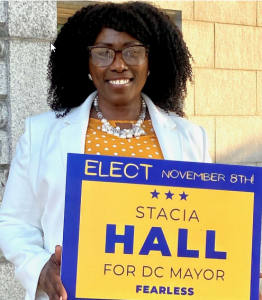



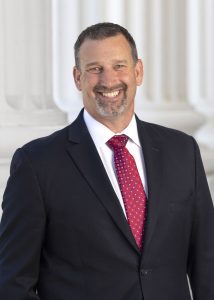
















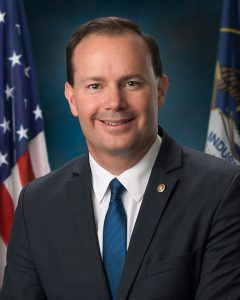









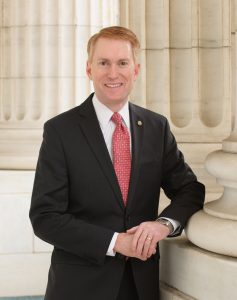
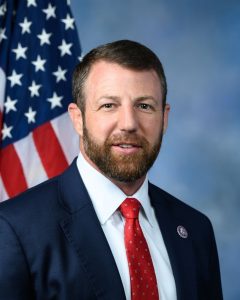
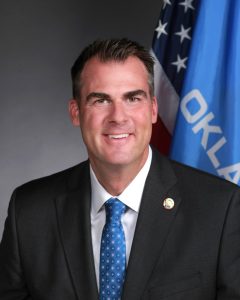



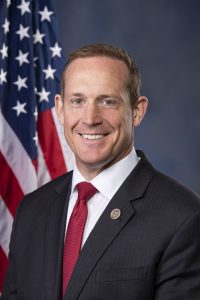

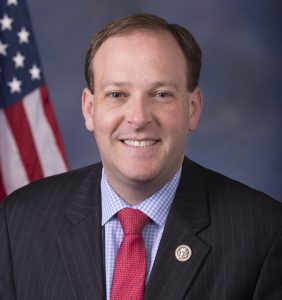




























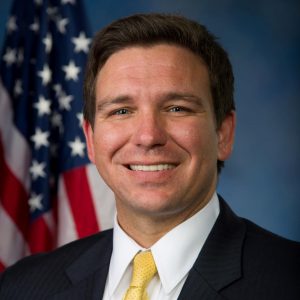


Discussion about this post